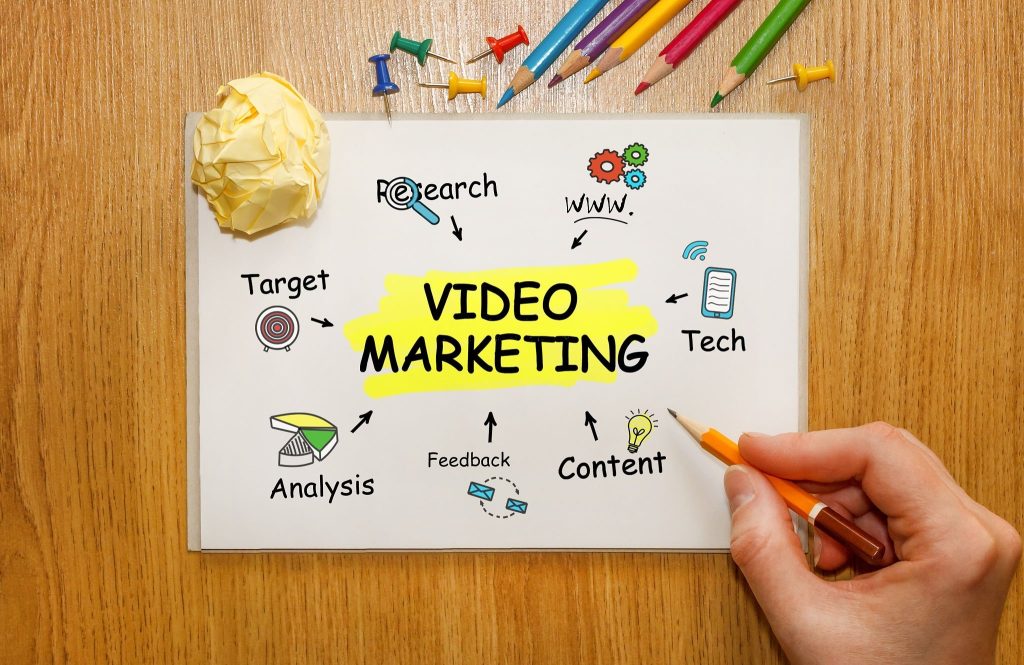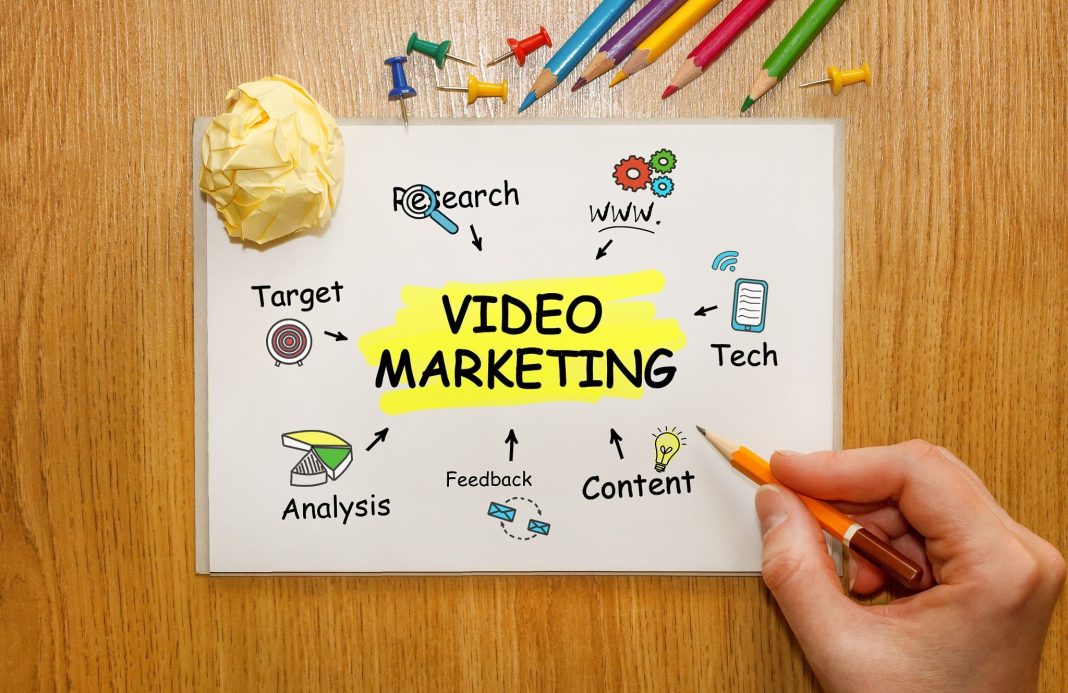
Businesses need to use innovative ways to attract and retain customers. One of the most effective ways to do this is through video marketing. With the rise of social media and video-sharing platforms, businesses of all sizes can now create and distribute their content to a global audience. In this article, we’ll explore the benefits of video marketing, the various types of video content for marketing, planning your video marketing campaign, creating high-quality video content, best practices for video SEO, video distribution and promotion, measuring the success of your video marketing campaign, video marketing tools and resources, and video marketing services.
The Benefits of Video Marketing
Video marketing is an essential tool for businesses to reach their target audience. Videos can be used for various purposes, including product demonstrations, brand awareness, customer testimonials, and educational content. One of the biggest advantages of video marketing is that it can help businesses to increase their website traffic, boost engagement, and ultimately drive sales. According to HubSpot, 81% of businesses use video as a marketing tool, and 78% of people watch online videos weekly. Moreover, videos can help businesses to build trust and credibility with their audience. By creating informative and engaging content, businesses can establish themselves as experts in their industry and build a loyal following. Videos can also be used to showcase a business’s personality and values, which can help to humanize the brand and make it more relatable to its audience.

Video Marketing Statistics
Video marketing is a rapidly growing industry. Here are some statistics that highlight the importance of video marketing for businesses:
- Video marketers get 66% more qualified leads per year (Optinmonster).
- 81% of businesses use video as a marketing tool (HubSpot).
- 85% of businesses use video as a marketing tool on their website (Wyzowl).
- 78% of people watch online videos every week (HubSpot).
- By 2023, online videos will make up more than 82% of all consumer internet traffic (Cisco).
Types of Video Content for Marketing
Businesses can use several types of video content for marketing purposes. Here are some of the most popular types:
- Product demos: These videos showcase the features and benefits of a product and how it works.
- Brand videos: Tell the brand’s story, values, and mission.
- Explainer videos: These videos explain a complex concept or process engagingly.
- Customer Testimonials: These videos feature satisfied customers sharing their experiences with a product or service.
- Educational videos: These videos provide valuable information and insights to the audience.
- Live videos: These videos are streamed live and can be used for product launches, Q&A sessions, and other events.

Planning Your Video Marketing Campaign
To run an effective video marketing campaign, you need a solid strategy to capture your audience’s attention and drive engagement. Here are some steps to consider when planning your video marketing campaign:
- Define your goals: What do you want to achieve with your video marketing campaign? Do you want to increase brand awareness, generate leads, or drive sales?
- Know your audience: Who is your target audience, and what are their pain points and interests? Understanding your audience is critical to creating content that resonates with them.
- Choose your topics: What topics do you want to cover in your videos, and how do they align with your business goals and audience interests?
- Determine your budget: How much money do you have to spend on your video marketing campaign, and how will you allocate your budget to different aspects of the campaign?
- Choose your distribution channels: Which platforms will you use to distribute your videos, and what content will you share on each platform?
Creating High-Quality Video Content
Once you’ve planned your video marketing campaign, it’s time to create your content. Here are some tips for creating high-quality video content:
- Keep it short and sweet: Attention spans are short, so keep your videos under three minutes.
- Use a script: A script can help you stay on topic and ensure your message is clear and concise.
- Invest in equipment: While you don’t need to spend a fortune on equipment, investing in a good camera, microphone, and lighting can make a big difference in the quality of your videos.
- Use visuals: Visuals can help to keep your audience engaged and make your content more memorable.
- Be authentic: Your videos should reflect your brand’s values, so be yourself and let your personality shine through.
Best Practices for Video SEO
To ensure that your videos are visible and accessible to your target audience, optimizing them for search engines is essential. Here are some best practices for video SEO:
- Use descriptive titles: Your video titles should accurately describe the content of your videos and include relevant keywords.
- Add tags: Tags can help search engines understand your videos’ content, so be sure to add relevant tags to your videos.
- Include transcripts: Transcripts can make your videos more accessible to people with hearing impairments and help search engines understand your videos’ content.
- Optimize your descriptions: Your video descriptions should provide a clear and concise overview of your content and include relevant keywords.
- Use quality thumbnails: Thumbnails can help entice people to click on your videos, so use high-quality and relevant thumbnails.
Video Distribution and Promotion
Once you’ve created your video content, it’s time to distribute and promote it. Here are some tips for video distribution and promotion:
- Share on social media: Social media platforms, such as Facebook, Instagram, and Twitter, are excellent places to share your videos and reach a wider audience.
- Use email marketing: Email marketing is an effective way to promote your videos to your existing customers and subscribers.
- Collaborate with influencers: Partnering with influencers in your industry can help to increase your reach and drive engagement.
- Paid advertising: Paid advertising, such as Google Ads and social media advertising, can help to increase your visibility and drive traffic to your videos.
Measuring the Success of Your Video Marketing Campaign
To determine the effectiveness of your video marketing campaign, you need to measure its success. Here are some metrics to track:
- Views: How many people have watched your videos?
- Engagement: How many likes, comments, and shares have your videos received?
- Click-through rate: How many people have clicked on the links in your video description?
- Conversion rate: How many people have taken the desired action, such as filling out a form or purchasing after watching your videos?
- ROI: What is the return on investment for your video marketing campaign?
Video Marketing Tools and Resources
Several video marketing tools and resources can help you create, distribute, and promote your videos. Here are some of the most popular tools and resources:
- Video editing software: Tools such as Adobe Premiere Pro, Final Cut Pro, and iMovie can help you to edit and refine your videos.
- Video hosting platforms: Platforms such as YouTube, Vimeo, and Wistia can help you to host and distribute your videos.
- Social media management tools: Tools such as Hootsuite, Buffer, and Sprout Social can help you to manage and schedule your social media posts.
- Email marketing software: Tools such as Mailchimp, Aweber, and Constant Contact can help you to create and send email campaigns.

Conclusion
Video marketing is essential for businesses to effectively reach their target audience. By
creating informative and engaging content, businesses can establish themselves as experts
in their industry and build a loyal following. To run an effective video marketing
campaign, you need a solid strategy to capture your audience’s attention and drive
engagement. From planning your video marketing campaign to creating high-quality
video content and promoting your videos on the right channels, there are several key
factors to consider when using video marketing to boost your business. With the right
approach and tools, video marketing can help your business to achieve its goals and stand
out from the competition.


